How to Maintain a Backyard Pond
A backyard pond requires comprehensive maintenance to keep the animals and landscaping in excellent condition.
Adding a backyard pond is one of the smartest investments. But the addition is only part of the equation. This body of water requires comprehensive maintenance to keep the animals and landscaping in excellent condition.
This article will examine the main factors of proper pool maintenance and why they are essential.
Regular cleaning
Backyard pools are notorious for attracting debris. One of the biggest problems is leaves, which often fall into the water from nearby trees. Left alone, they can harm the aquatic life balance by releasing dangerous gasses.
Therefore, clean the pond regularly to avoid these toxic gasses. Skimmer nets allow homeowners to pick up leaves before they wreak havoc on the fish inside the pond.
Additionally, don’t forget to eliminate any sludge. It can be just as harmful, if not more harmful, than leaves because it can contain bacteria. Plus, it ruins the appearance of the pond.
The best way to get rid of sludge is to use high-quality pond vacuums. However, be careful not to suck up all of it, as it’s essential for algae growth.
Algae control
Algae are a must-have for improving the conditions for pond fish, but this doesn’t mean owners should let algae growth spiral out of control. Too many quick-growing species can lead to toxins, which can kill anything that comes close.
There are several methods for controlling algae growth:
Grow lotus, water lilies, or other floating plants to deter growth by blocking sunlight.
Use anacharis, parrot feather, hornwort, and similar underwater plants. They emit oxygen to curb algae growth.
Add plants that absorb nutrients around pond edges, such as hyacinths and lettuce. Like floating plants, they block sunlight and eat nutrients to starve them.
Remove algae from the pond using a rake.
Maintaining fish population
The general rule of thumb is to have up to 1 inch of fish per 10 gallons of water. Anything over that may overpopulate the pond. Fish oversaturation can lead to unbalanced pond water, resulting in an unhealthy environment. It requires the owner to remove some fish to keep their population in check.
Also, make sure to feed the fish appropriately. More food in the pond equals more leftover food that decays in the water.
Select an appropriate pump
The backyard pond transfer pump should recirculate the entire volume of the water at least once every 45 to 60 minutes. If the device doesn’t have this capacity, maybe it’s time to upgrade to a better model.
Furthermore, owners should ensure the biological filter and skimmer are free from blockage. They should also check that the pump isn’t pushing more water than necessary.
Consult a pump repair contractor to help find the right transfer pump for the pond. They have the expertise and experience to recommend a suitable device.
Pump Repair Services provides residential and commercial pump repair services for water well pumps, water feature pumps, transfer pumps, industrial irrigation pumps, and more, as well as custom water filtration services in the Apopka area. (Sorry, no pool pumps or sewer pumps.) We offer 24-hour emergency service. Call us at (407)625-5499.

